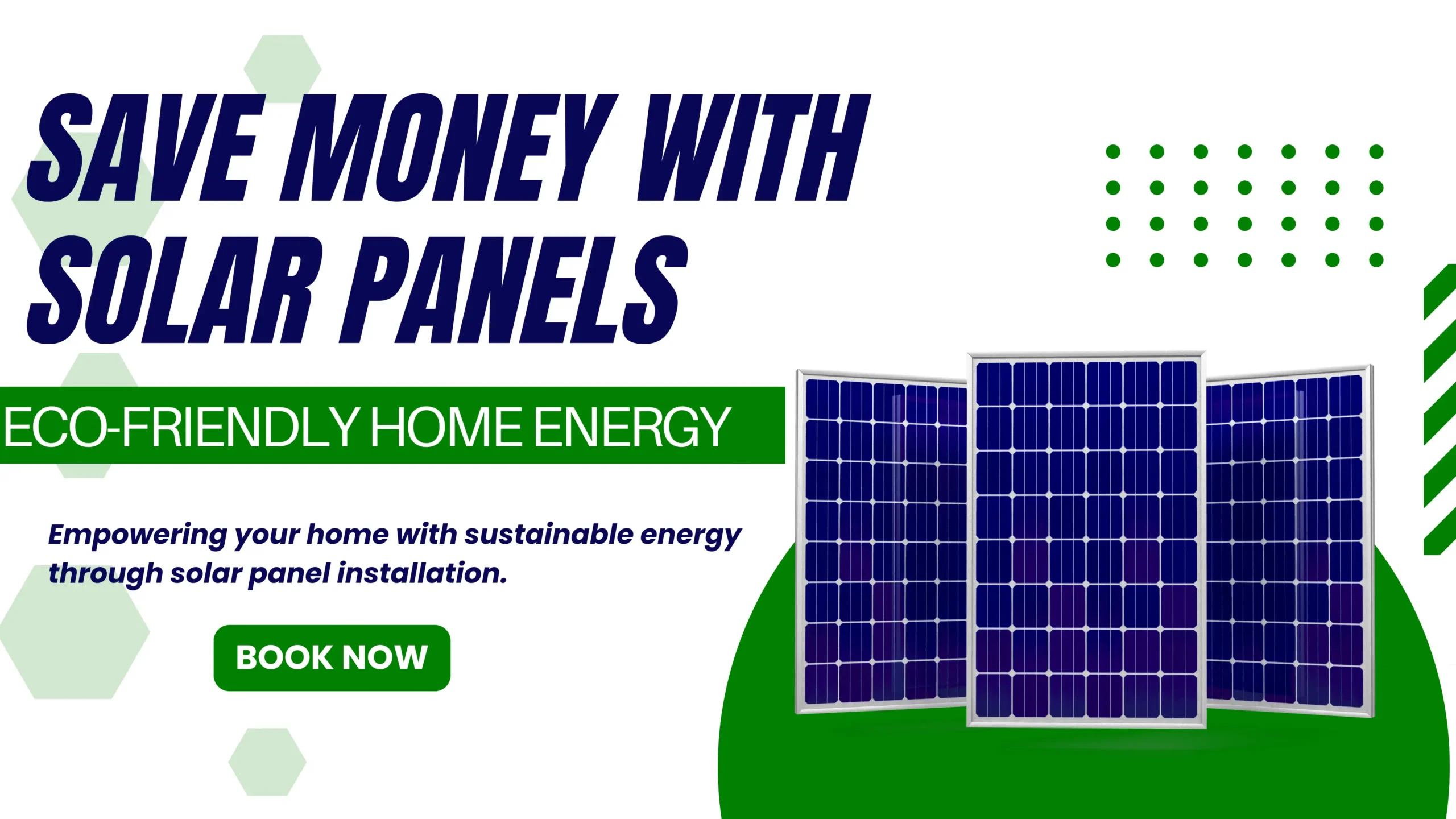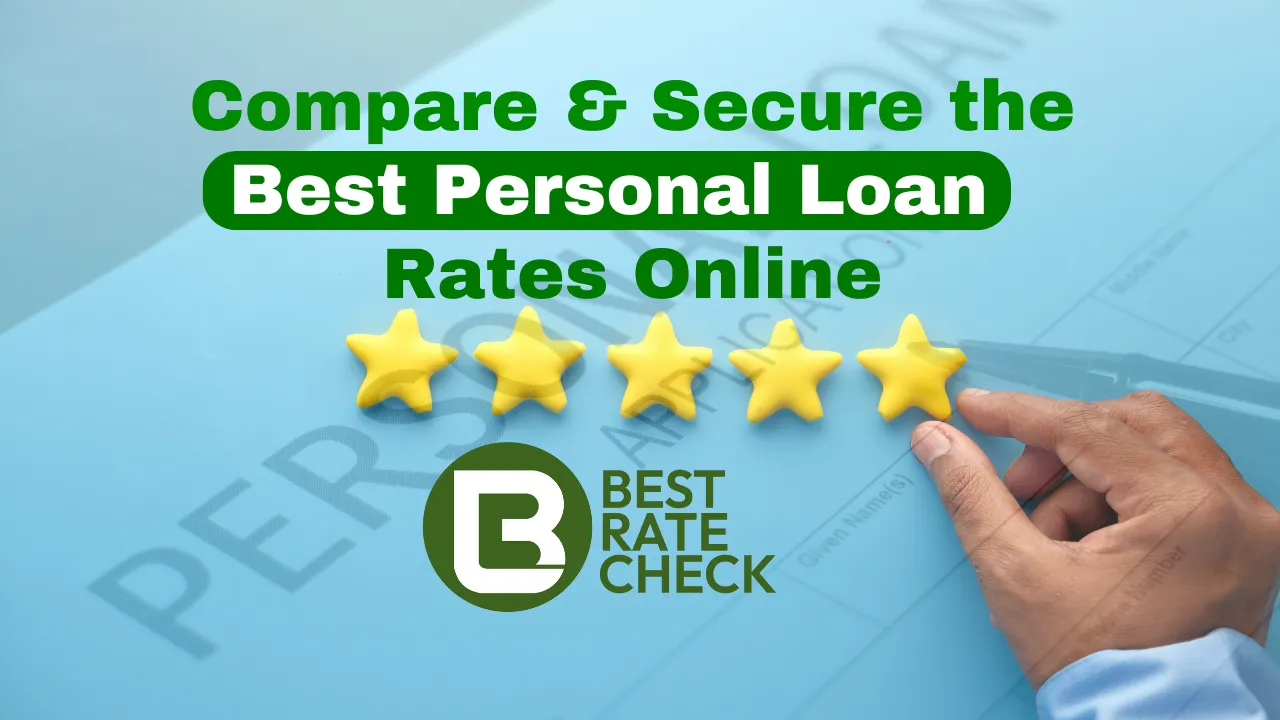With rising electricity prices and increasing concern over climate change, homeowners are turning to solar incentives as a cost-effective and eco-friendly solution. Find out how you can supply electricity for your house economically and save money by installing solar panels. The money you spend on rooftop solar power is not a passing fad; rather, it is an enduring commitment to a sustainable planet. By matching your requirements with the top solar alternatives in your geographic area, Best Rate Check assists in making this switch easy and reasonably priced.
All you require to understand concerning solar energy, including how much money you could save, how the installation process goes, and how we make it simple for you to compare the best solar offers, will be covered in this blog.
What Is Solar Energy?
Utilizing photovoltaic, or PV, technology panels, we can capture solar power. These panels convert sunlight into electricity, which powers everything in your home—from your refrigerator and lights to your HVAC system (heating, ventilation, and air conditioning).
In order to maximize their ability to absorb exposure to radiation, solar power panels are frequently installed on roofs. After installation, the generator can produce electricity for at least twenty-five years with little upkeep.
But why is solar energy becoming so popular?
- It reduces monthly electricity bills.
- It’s renewable and eco-friendly.
- It increases home value.
- It’s supported by government incentives and tax credits.
Why More Homeowners Are Going Solar
1. Massive Energy Bill Savings
The primary reason why households choose solar is the savings. A conventional five-kW residential rooftop solar energy system may reduce quarterly power expenses by $100 to $150. That’s around $1,500 per year. Over the system’s lifetime, you could save more than $25,000.
Even better? Net metering can be requested from several states as well as utility companies. This implies that you receive credits or payments from the grid whenever the energy generated by the sunlight from your solar panels exceeds the energy consumed by your house.
2. Clean, Renewable Energy
The first of the most healthy sources of energy is solar energy. Renewable energy sources don’t emit emissions that are harmful like fossil fuels do. You can combat climate change, lessen air pollution, and preserve limited resources by switching to solar power.
Over a 20-year period, a single home powered by solar energy could offset nearly 100,000 pounds of CO2. That’s the same as not driving a vehicle for 100,000 miles or planting 2,300 trees.
3. Higher Home Value
According to multiple real estate studies, homes with solar panels sell faster and at a higher price. The long-term advantages from environmentally friendly characteristics make purchasers prepared to invest extra.
Solar panels are seen as a valuable upgrade, much like a renovated kitchen or modern HVAC system—except solar saves money instead of just adding convenience.
How Much Can You Save With Solar Panels?
One of the biggest questions homeowners ask is, “Will solar panels save me money?” The answer is a strong yes.
According to industry data, the average U.S. homeowner can save $1,500 annually on electricity by installing a 5-kilowatt solar system. That’s over $25,000 in savings over 25 years, which is the typical lifespan of solar panels.
A family in Sydney even managed to eliminate their electricity and fuel costs after investing in a solar energy system with battery storage. These savings are not just possible—they’re increasingly common as solar technology becomes more efficient and affordable.
How the Solar Installation Process Works
Getting solar panels for your home might seem like a complicated process, but it’s simpler than you think, especially with BestRateCheck guiding you every step of the way.
Step 1: Site Evaluation
A certified solar specialist inspects your home to ensure the roof is fit for after deployment. Factors like roof orientation, shading, and surface area are considered.
Step 2: Custom System Design
A solar energy system is designed to meet your household’s energy needs. This design is submitted for approval and permits with your local authorities.
Step 3: Installation
Professional installers will mount the solar panels on your roof, typically within a day. All wiring and inverter systems are also connected during this phase.
Step 4: Inspection and Activation
Following the setup, an additional check confirms that the equipment satisfies all safety and regulatory requirements. Once approved, your solar system is turned on and starts generating clean power immediately.
Environmental Benefits of Solar Energy
Adopting solar doesn’t seem simply a good monetary decision; it’s certainly an effective strategy to lessen the environmental impact you have. Solar energy systems produce clean power without generating greenhouse gases or pollution.
By switching to solar, the average U.S. household can eliminate the equivalent of 3–4 tons of carbon emissions per year, which is like planting 100 trees annually. You’re not just saving money—you’re helping to fight climate change and promote energy independence.
The Role of Best Rate Check in Your Solar Journey
We simplify the process of going solar by helping you compare personalized quotes from trusted local solar providers. Instead of manually researching companies, filling out forms, and negotiating rates, you can access the best deals in minutes.
Why Use BestRateCheck?
- Tailored Quotes: Receive quotes based on your home’s size, location, and energy use.
- Lowest Prices: Compare offers from multiple providers to get the most competitive rates.
- Hassle-Free: Secure, easy-to-use platform with no obligation to commit.
- Trusted Network: Partnered only with licensed, vetted solar installers.
Solar Incentives by State: What to Know
Solar policies vary widely across the U.S. Some states, like California, offer aggressive programs to encourage homeowners to adopt solar power. These solar incentives by state include rebates, renewable energy certificates, and even property tax exemptions.
For example, California solar incentives include net metering, self-generation incentives, and local utility rebates, making it one of the best states for solar energy adoption. Whether you live in the Golden State or elsewhere, it’s worth exploring the incentives for solar panels available in your region to maximize your savings.
Government Incentives and Solar Tax Credits
The cost of producing solar panels has never been lower. In the U.S., the federal government offers a 30% Solar Investment Tax Credit (ITC) for residential installations. Some states and utility companies also provide rebates, grants, or net metering benefits.
If you create a $20,000 solar energy system, you might be eligible for $6,000 in federal tax credits, reducing the initial cost significantly. Many solar incentives by state even offer $0-down financing, allowing you to start saving from day one without large out-of-pocket expenses.
To sum up: Is Solar Right for You?
If you’re looking to reduce your electricity bills, add value to your home, and contribute to a cleaner planet, solar panel incentives by the state and by your city are a smart move. Thanks to platforms like ours, the transition is easier, faster, and more affordable than ever.
Ready to see how much you can save? Visit Best Rate Check to compare personalized solar quotes in your area today.



